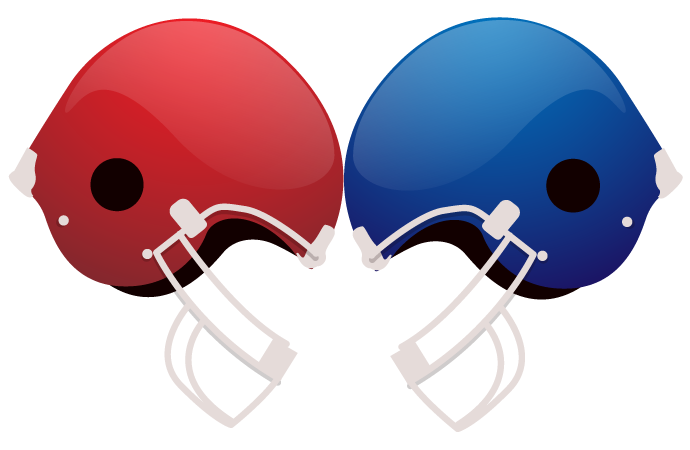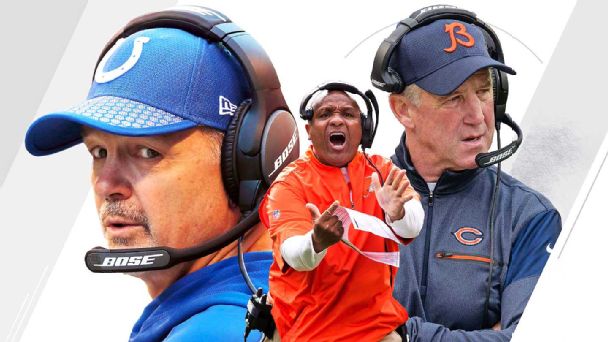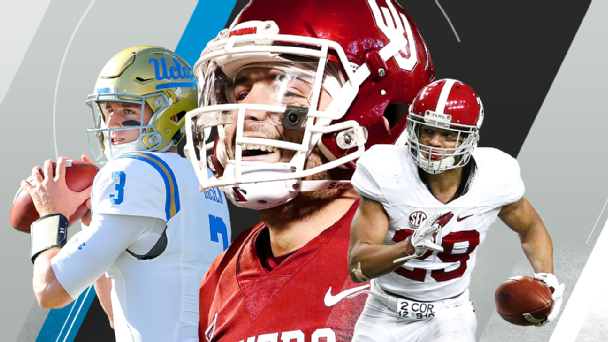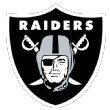PITTSBURGH — Bell crazy.
That was the response from Steelers backup running back Stevan Ridley when Le’Veon Bell recounted his summer, when he turned down a mega-deal from the Steelers to play on the franchise tag. Bell explained that his plan was in full motion.
“With what I can bring to the table and what I look forward to, I wasn’t going to settle for anything less than what I think I’m worth,” Bell told ESPN as part of an interview that revealed he’s considering sitting out 2018 or retiring if franchise tagged for the second consecutive year.
These words are jarring against the backdrop of the Steelers’ potential Super Bowl run, which begins in earnest against Jacksonville in Sunday’s AFC divisional round. But this is Bell’s reality: He’s an honest speaker who has grandiose ideas about his football career that he plans to crystallize with conviction.
The money will talk this summer — turning down a second franchise tag of $14-plus-million is hard to believe until it’s a reality — but Bell is a different dude.
He knows he’s the game’s most productive rusher and a viable No. 2 receiver, and he won’t be dissuaded from that point. He’s comfortable delivering his message now because, for one, he’s ready to catalyze a playoff push. He mentioned the words “Super Bowl” several times in the interview. “That’s the only thing (left) I wanted to do,” he said. He could touch the ball 30 or more times against the Jaguars.
Bell makes clear market precedent for running backs is more important to him than making a few extra million, which Todd Gurley and Ezekiel Elliott will love to hear.
And, well, Bell was asked about all this at his locker, so he gave insight about happiness and potentially leaving millions on the table. “It’s about leaving a legacy,” he told me.
Bell knew the Steelers wanted to see him play a full season. So, he upped his recovery regimen to ensure it. Fifteen games (one healthy scratch), 406 touches and 1,946 yards later, Bell is exercising whatever power he has on his future.
“I knew what to expect from myself, even if others didn’t expect it,” Bell said. “And I always try to keep a chip on my shoulder.”
This isn’t going away because Bell is open about his stance, and there’s no going back now. Steelers fans are sweating the timing of the comments, and although Bell had no intention of being a distraction, Steelers players shrug at the weekly chaos. This will have no bearing on the outcome of Sunday’s game. In fact, the spotlight might just fuel Bell even more.
As one veteran Steeler told me, when a player says something silly, his teammates just make fun of him behind the scenes.
Bell might laugh with teammates on that, but don’t laugh at his words. He might just sit.









